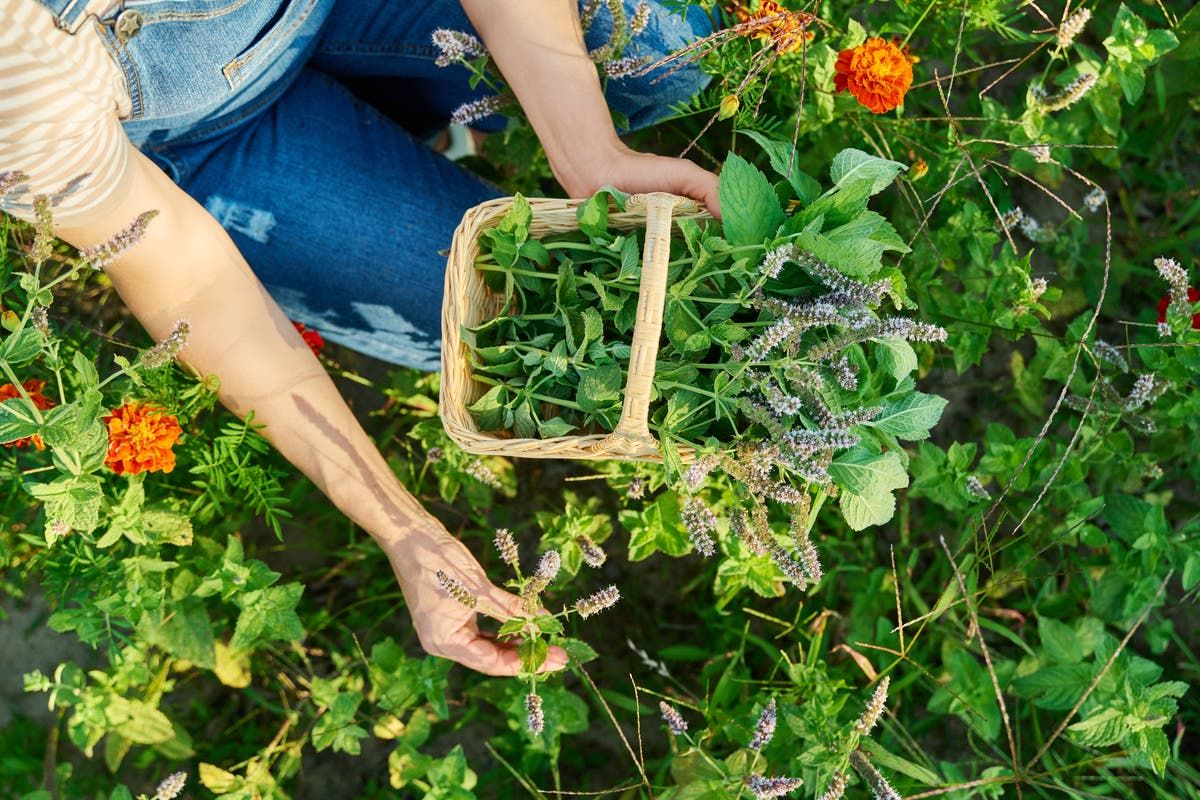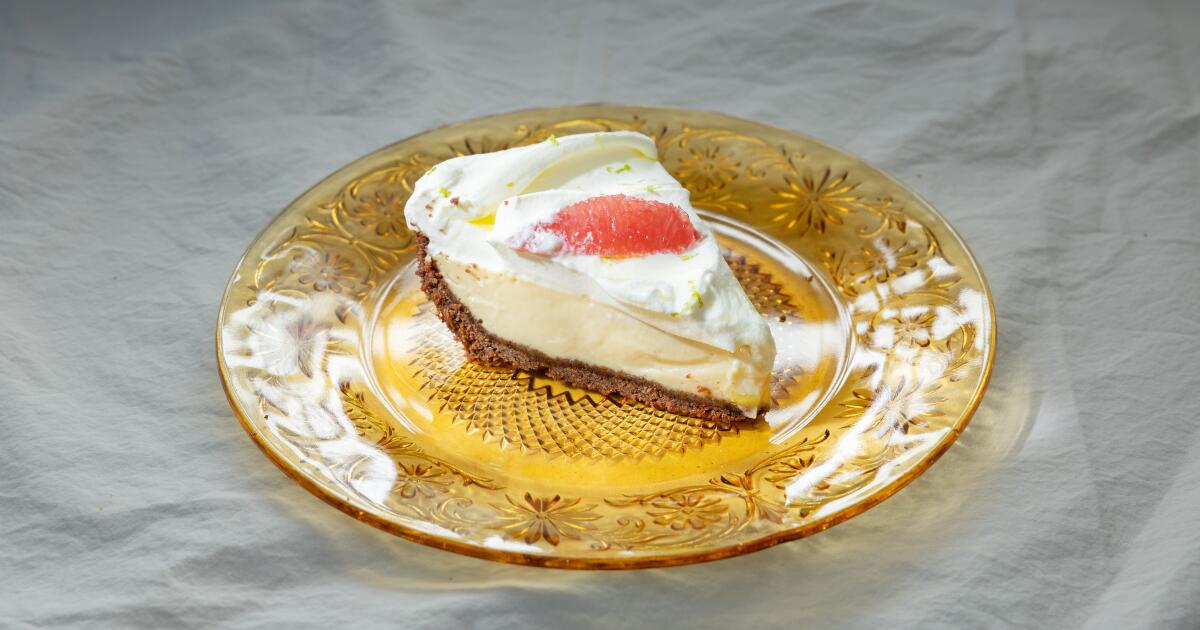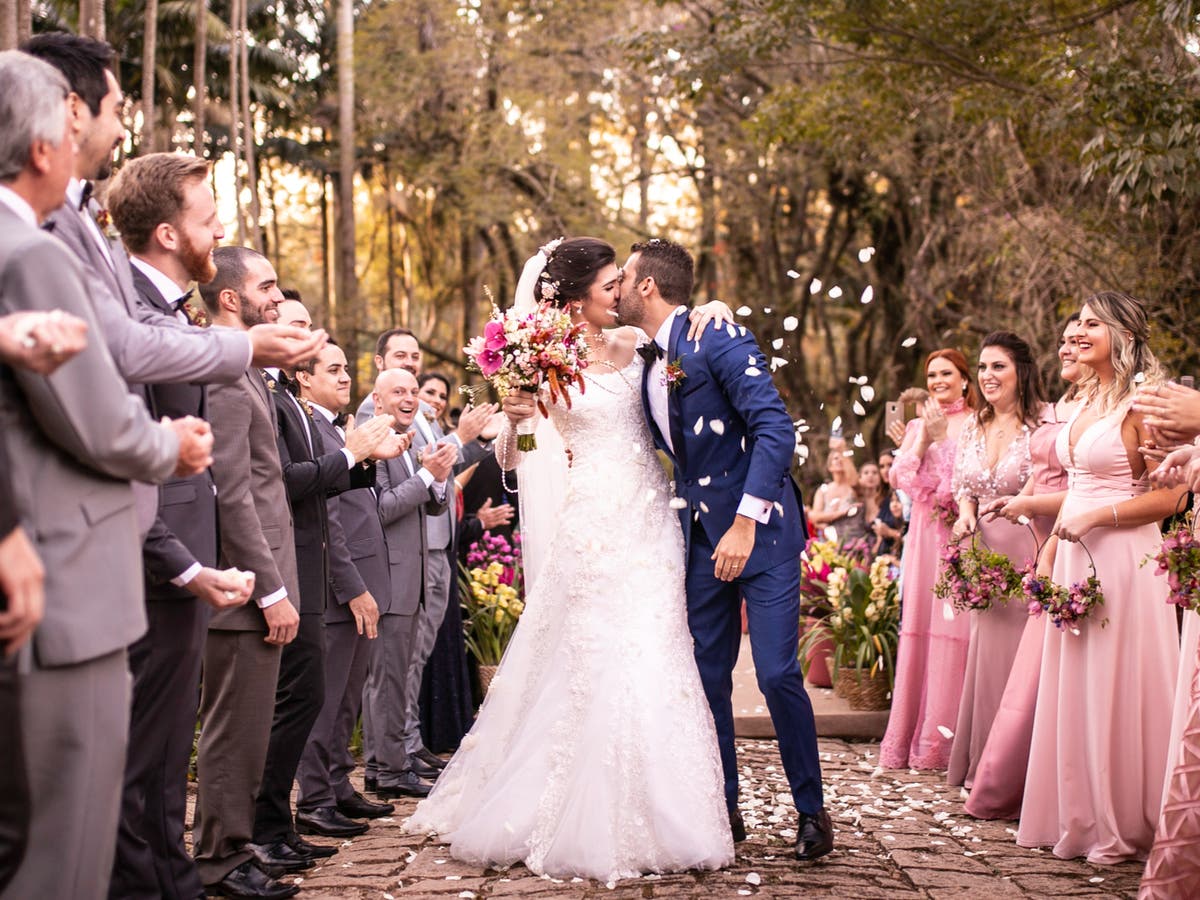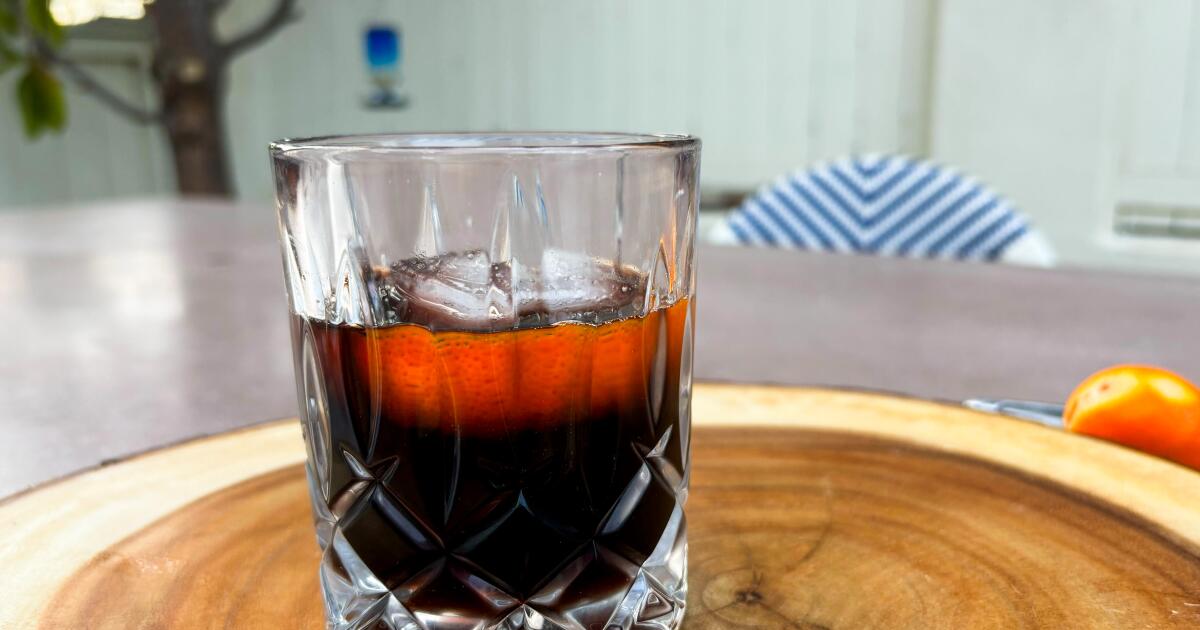Do you want to add some herbs to dishes that are not so common and ordinary?
There are so many easy-to-grow herbs that are overlooked, says award-winning herb expert, designer and author Jekka McVicar, who runs Jekka's Herb Farm in South Gloucestershire and is a 14-time winner of the RHS Chelsea Gold Medal for organic production, displays of peat-free herbs.
1. hyssop
“This is absolutely essential. Aside from the fact that it is incredibly beautiful when in bloom and bees love it, it is a member of the Lamiaceae family (which includes mint, sage, thyme, oregano, basil, rosemary and lavender),” she says enthusiastically.
The flowers of this hardy perennial are generally blue and purple, but there is also a pink and a white variety. The flowers are edible and have a slightly minty flavor, or you can make a tea from the leaves, with a generous teaspoon of honey.
“The leaf makes a fantastic salad dressing and will grow in exactly the same place as sage and thyme. Pairs very well with tomatoes in pasta sauce. “It just adds a slightly different flavor to a dish.”
Top tip: Grow it in a sunny location in well-drained, neutral to alkaline soil. You may need to add sand to the soil, as hyssop will die if it becomes waterlogged. It is an excellent companion plant for cabbages, as it attracts the cabbage white butterfly.
2. myrtle
McVicar uses the aromatic dark leaves of this fragrant evergreen shrub in his cooking as he would bay, adding them to stews, soups and sauces, before removing them and discarding them.
“The white flowers are stunning. It is the herb of love, the herb of Aphrodite. They are followed by black berries, with which you can make myrtle gin, as we would make sloe gin,” she says.
Top tip: Plant it in full sun in well-drained soil. Too much humidity will kill it, as will cold winds, so plant it against a south or west facing wall and don't overfeed it or it won't bloom. Protect it from frost and wet weather in winter, ensuring its container is raised on bricks if it is in a pot.
3. Monarda fistulosa (wild bergamot)
Monarda fistulosa has a mauve leaf and the flowers look like a lady's elegant summer wedding hat, McVicar believes.
“I use the petals of that flower in salads. It's glorious. They have a warm, minty and spicy flavor; again, they are part of the Lamiaceae family.”
Native to North America, this perennial has spreading rhizome roots that grow up to 1 m (3 ft) tall and the leaves can be used to make a spicy tea.
“They are very easy to grow in well-drained soil and, although they are visibly rhizomatous, they are not invasive,” he says. “They have magnificent flowers and can be easily grown as ornamentals. It is known as bee balm because it is good for bees and other pollinators. You also get the seeds that finches love in the fall.”
Top tip: Grow it in well-drained soil in a sunny location and dig up plants older than three years, remove the dead center and replant them in a prepared site.
4. Lemongrass (Cymbopogon citratus)
“In the UK you can only buy the stem, but if you go abroad, everyone uses the leaf,” he says. “It's a proper grass, like the goosegrass you used to whistle for when you were a kid.”
You can grow it from seed, sowing it indoors in spring in prepared seed trays or modules on a frost-free windowsill.
It is often used to add fragrance to Thai curries and other Southeast Asian dishes; Keep it indoors during the winter and put it outside in the summer, when the night temperature does not drop below 8°C. Pick the leaves when they are young.
“You can make tea with the leaf. You just cut it into small pieces and add boiled water, not boiling, and it is very refreshing. Or you can drink it cold in summer and make ice cubes with the tea, which go very well with a gin and tonic.”
Top tip: Use it as a container plant, McVicar suggests, using a loam-based fertilizer, and don't let it dry out in summer. In fall, bring it indoors to a frost-free environment.
5. Sweet Cicely (Myrrhis odorata)
This native herbaceous perennial that looks like cow parsley is our natural sugar herb, explains McVicar.
The leaves are starting to come out now, at the same time the rhubarb is ready, he says.
“Add those leaves to rhubarb when you're cooking it and you can reduce the sugar by about three-quarters. When the leaf is crushed, it has a sweet anise flavor.” The leaves can be chopped and used in salads, or added to soups and stews, while the roots can be cooked as a vegetable and served with butter, or eaten raw, grated. and used in French dressing.
Better advice: The plant can be invasive, so choose carefully where you plant it.
Many of them are detailed in Jekka McVicar's latest book, 100 Herbs To Grow, a complete guide to the best herbs. Here, she suggests five herbs that gardeners who want to be a little more adventurous could grow.












